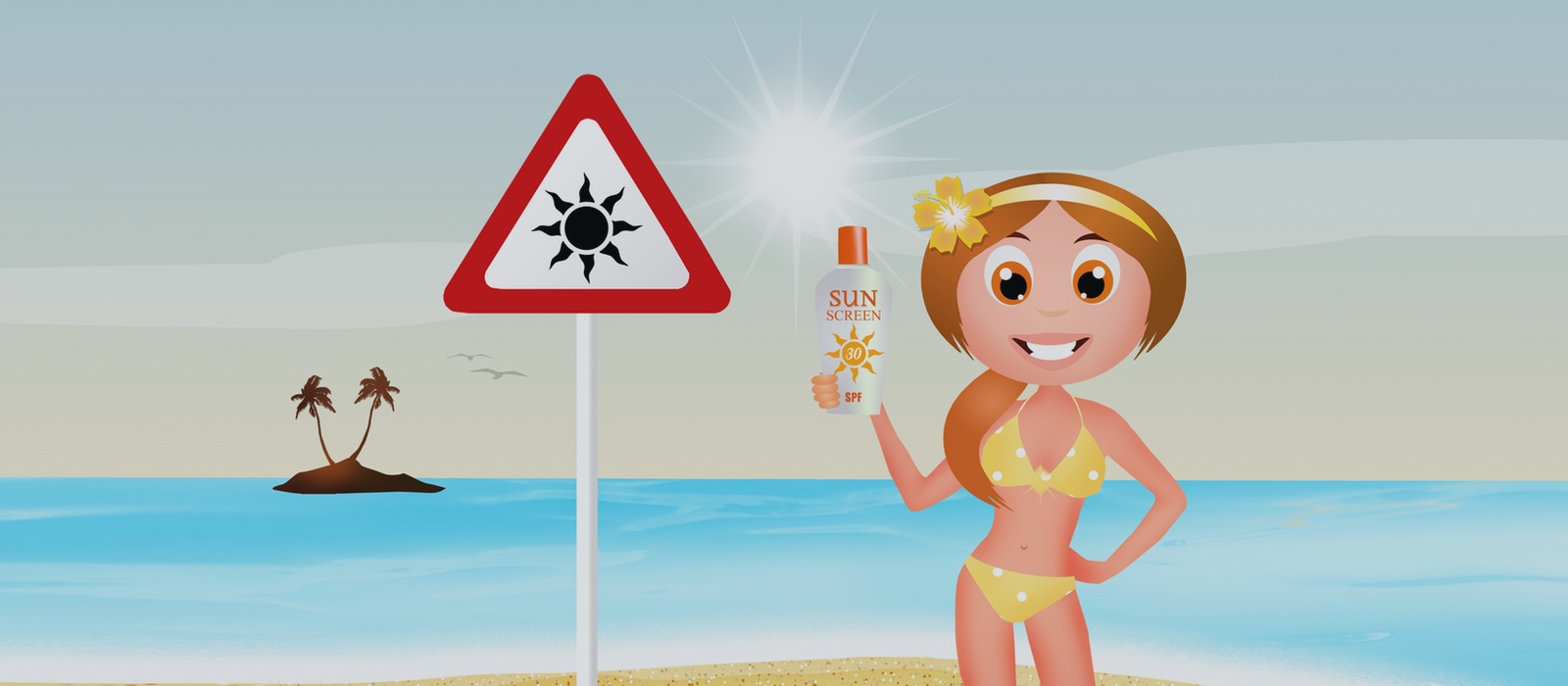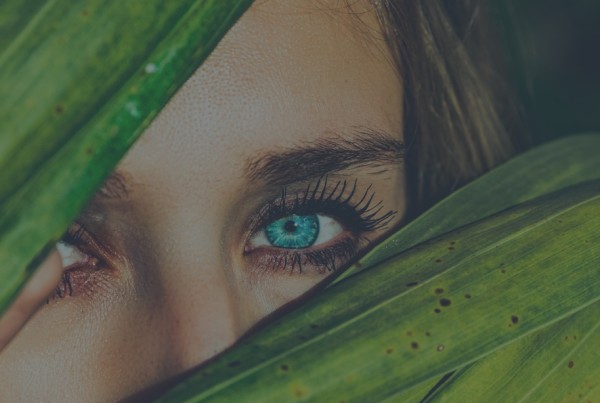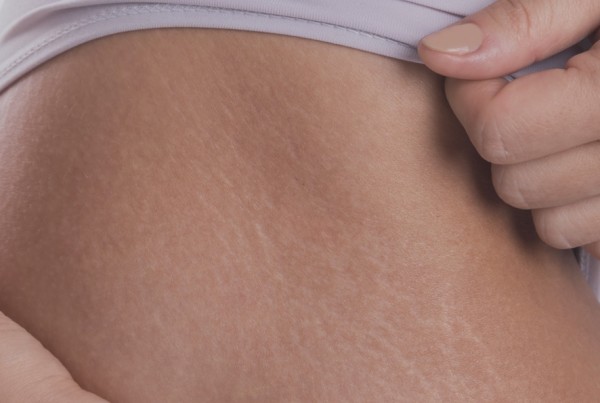Remember when you were young, running around on the beach sans sunscreen and without worry of sun damage? When tanning oil flowed freely and dark tans and sunburns were a sign of a life well-lived?
How much do you wish you knew then what you know now about the harmful effects of the sun?
But such is life. We do things that we think could never harm us, go through periods of feeling invincible to the effects of life’s little dangers, and then spend years wishing we would have been smarter or behaved in a different way. Hindsight is a funny thing.
At Precision Skin Institute, a full-service dermatology center in south Florida, we are faced with the reality of what the sun’s rays do to a person’s skin on a daily basis. In 2016, we are already knowledgeable about just how dangerous spending time in the sun can be, and yet, there are tons of people who still value a suntan over saving their skin. Why is this?
The idea that ultraviolet light can be addictive — whether from the sun or a tanning bed — is fairly new. But recent research has been offering biological evidence that some people do develop a dependence on UV radiation, just like some become dependent on drugs.
However, cumulative sun exposure, whether from the natural sunlight or in a tanning booth, causes:
- Pre-cancerous (actinic keratosis) and cancerous (basal cell carcinoma, squamous cell carcinoma and melanoma) skin lesions – due to decreases in the skin’s immune function
- Benign tumors
- Fine and coarse wrinkles
- Freckles
- Discolored areas of the skin, called mottled pigmentation
- Sallowness — a yellow discoloration of the skin
- Telangiectasias — the dilation of small blood vessels under the skin
- Elastosis — the destruction of the elastic and collagen tissue (causing lines, wrinkles and sagging skin.
And now that the summer months are behind us and beach weather is quickly fleeting, many sun devotees try their hand at indoor tanning. However, according to the American Academy of Dermatology, using indoor tanning beds before age 35 can increase your risk of melanoma, the deadliest form of skin cancer, by 59 percent and the risk increases with each use. Women younger than 30 are six times more likely to develop melanoma if they tan indoors.
The bottom line? Tanning salons are extremely dangerous. One session at tanning salon can increase your melanoma risk by 60%. So try safer approach, self-tanners or spray tans. if you still desire an olive complexion. It may be temporary, but it is safe, and also a great way to look your best for a special holiday event! And most importantly safe for your health*.
So, is there a level of sun exposure that is considered “safe”?
Sure, but only with the proper precautions.
As the saying goes, too much of anything is never good – and this is especially true for sun exposure. According to the Environmental Protection Agency, UV rays from the sun are strongest between 10am-4pm and this is when we are strongly advised to limit our time in direct sunlight.
But before you do that:
Prep your skin with SPF 30 sunscreen (at a minimum) 15-30 minutes before exposing yourself to the sun and every 15-30 minutes thereafter. In an article published by the National Institute of Health (NIH), researchers discussed that the safest skin exposure to the sun results from early reapplication into the sun exposure period.
Aside from this, it is best to protect your scalp, ears and eyes by wearing a hat and sunglasses anytime you are outside in the sun, no matter how long you’ll be outdoors. Just because, for some of us, our scalps are covered by hair, does not mean the sun won’t penetrate through to this very sensitive and less-exposed area of your body.
For more information on safe ways to suntan or to visit our full-service cosmetic, medical, and surgical dermatology center, contact us today!
Precision Skin Institute, where healthy skin equals a healthy YOU!
**Individuals that should avoid self-tanning lotions/sprays are pregnant women and patients with allergies to self-tanner, dihydroxyacetone)





